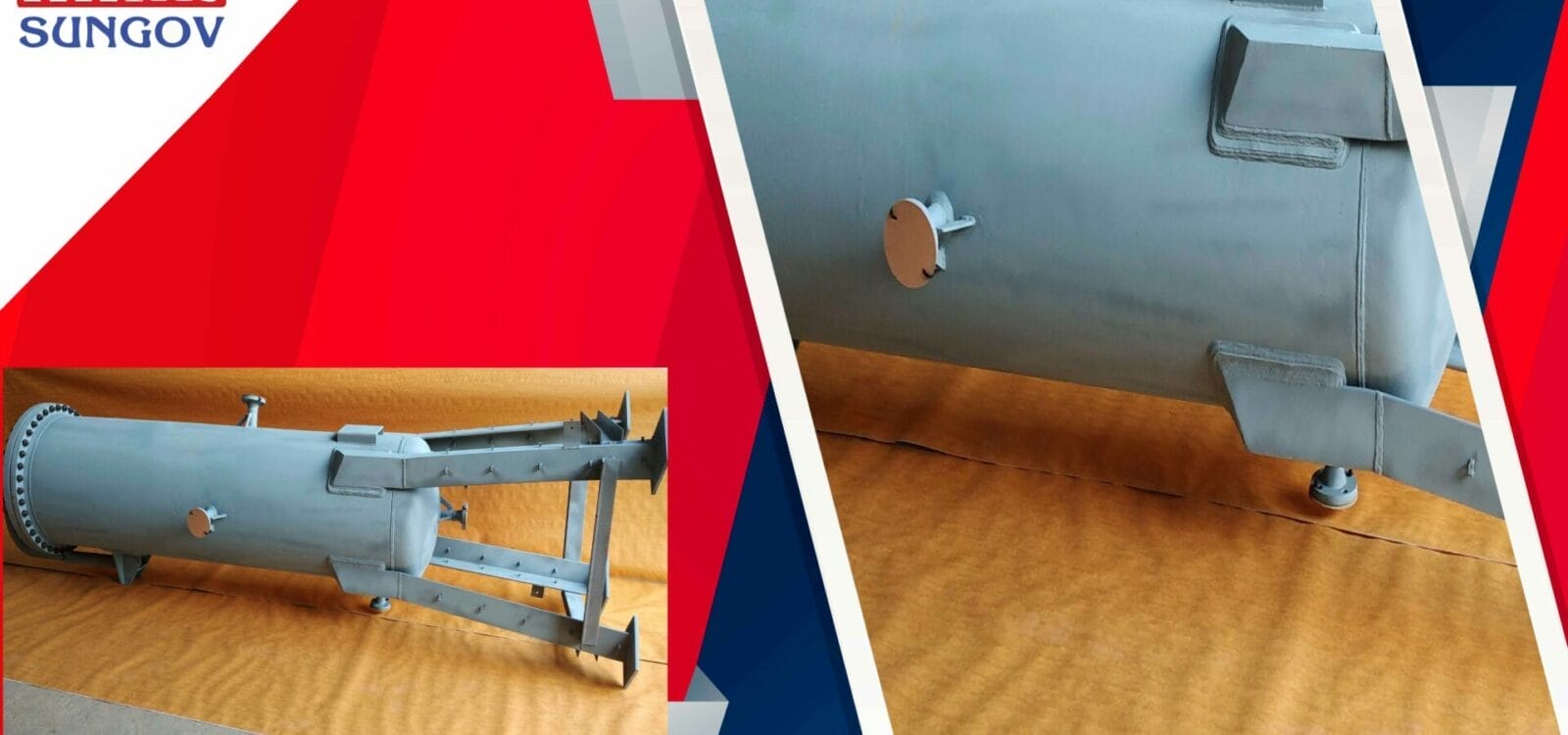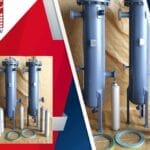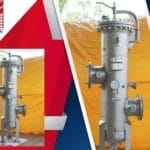The spotlight at present is on environmental sustainability and industries all over the world are under mounting pressure to reduce emissions and minimize their ecological footprint. For sectors reliant on fossil fuels like oil and natural gas, mastering emissions control is paramount. This has given birth to technologies such as fuel and natural gas scrubbers, knockout drums, and vane pack separators that have emerged as indispensable tools in this pursuit. These technologies have in offer efficient means to capture pollutants and contaminants. This blog will delve into the functionality and benefits of these vital components as well as explore the aspects of how they contribute to cleaner operations and a greener future.
Emission Control and the Types of Natural Gas Scrubbers
Natural gas scrubbers play a pivotal role in emissions control within industries where natural gas is a primary resource. These scrubbers function by removing impurities and contaminants from the natural gas stream, ensuring that only clean gas is released into the atmosphere or further processing stages. The scrubbing process typically involves the use of various chemical agents or physical mechanisms to capture pollutants such as sulfur compounds, carbon dioxide, and water vapor.
Chemical scrubbers utilize reactive agents like amines or other solvents to chemically absorb contaminants present in the gas stream. As the gas passes through the scrubber, the reactive solution reacts with the pollutants, forming stable compounds that are then separated from the gas. This process effectively reduces harmful emissions, making the natural gas suitable for use or disposal.
Physical scrubbers, on the other hand, rely on mechanical means to remove contaminants from the gas stream. These scrubbers employ techniques such as absorption, adsorption, or filtration to capture impurities. Absorption involves the transfer of pollutants from the gas phase to a liquid solvent, while adsorption utilizes solid materials with high surface areas to trap contaminants. Filtration mechanisms physically separate particulate matter from the gas stream, ensuring clean emissions.
Natural gas scrubbers offer numerous benefits beyond emissions control. By purifying the gas stream, they enhance operational efficiency, prolong equipment lifespan, and ensure compliance with environmental regulations. Additionally, these scrubbers contribute to improved air quality and reduced health risks for workers and surrounding communities.
The Role of the Knockout Drum in Emission
Knockout drums, also known as demister separators or mist eliminators, are integral components in gas processing facilities and petrochemical plants. These vessels are designed to remove liquid droplets or mist from gas streams, preventing the carryover of liquids into downstream equipment or the environment. Knockout drums function through a combination of gravity separation and mechanical demisting, ensuring efficient removal of liquid contaminants.
The operation of knockout drums is relatively straightforward. Gas laden with liquid droplets enters the vessel at high velocity, causing the droplets to impinge on baffles or mesh pads within the drum. This collision slows down the gas velocity, allowing gravity to pull the liquid droplets downward. Meanwhile, demister elements or mist eliminators further capture any remaining liquid particles, ensuring that the gas leaving the vessel is free of liquid carryover.
Knockout drums come in various configurations, ranging from horizontal to vertical vessels, and their design is tailored to the specific requirements of the application. These drums are crucial for protecting downstream equipment such as compressors, heat exchangers, and pipelines from corrosion and damage caused by liquid carryover. Moreover, by preventing environmental contamination from liquid emissions, knockout drums support sustainable and responsible industrial practices.
The Role of Vane Pack Separators in Emission
Vane pack separators, also known as cyclonic separators or gas-liquid separators, are essential devices employed in oil and gas production, refining, and processing operations. These separators are designed to efficiently separate gas and liquid phases from multiphase fluid streams, ensuring product purity and process efficiency. Vane pack separators utilize centrifugal force and inertia to achieve phase separation, making them invaluable in mitigating emissions and optimizing production processes.
The principle behind vane pack separators is relatively simple yet highly effective. Incoming fluid streams, which may contain a mixture of gas, oil, water, and solids, enter the separator vessel at high velocity. As the fluid enters the vessel, its velocity decreases, causing heavier components such as liquid droplets and solids to settle at the bottom due to gravity. Meanwhile, lighter components such as gas rise to the top of the vessel.
Within the separator vessel, vane packs or baffles are strategically positioned to enhance phase separation. These vanes create a path for the fluid flow, promoting the coalescence of liquid droplets and facilitating their gravitational settling. Additionally, cyclonic motion induced by the vanes enhances the separation efficiency by directing the gas phase toward the center of the vessel while allowing liquid droplets to accumulate near the walls.
Vane pack separators offer several advantages in emissions control and process optimization. By effectively removing liquid contaminants from gas streams, these separators minimize environmental pollution and ensure compliance with regulatory standards. Furthermore, by separating valuable products such as oil and gas from water and solids, vane pack separators enhance product quality and maximize resource utilization. Overall, the integration of vane pack separators in industrial processes contributes to sustainable operations and responsible resource management.
Mastering emissions control through the utilization of fuel and natural gas scrubbers, knockout drums, and vane pack separators represents a significant step forward in fostering sustainability and environmental stewardship within industrial sectors. These technologies not only mitigate harmful emissions but also enhance operational efficiency, protect equipment integrity, and ensure regulatory compliance. By embracing these innovative solutions, industries can reduce their ecological footprint, improve air and water quality, and contribute to a cleaner, greener future for generations to come. As we continue to advance in our understanding and implementation of emissions control technologies, the path to sustainable industrial practices becomes clearer, underscoring the importance of ongoing innovation and collaboration in achieving environmental goals. Whatever your requirement for mastering industrial emissions, Sungov Engineering can help you find the right fit. Call us today to know more!




